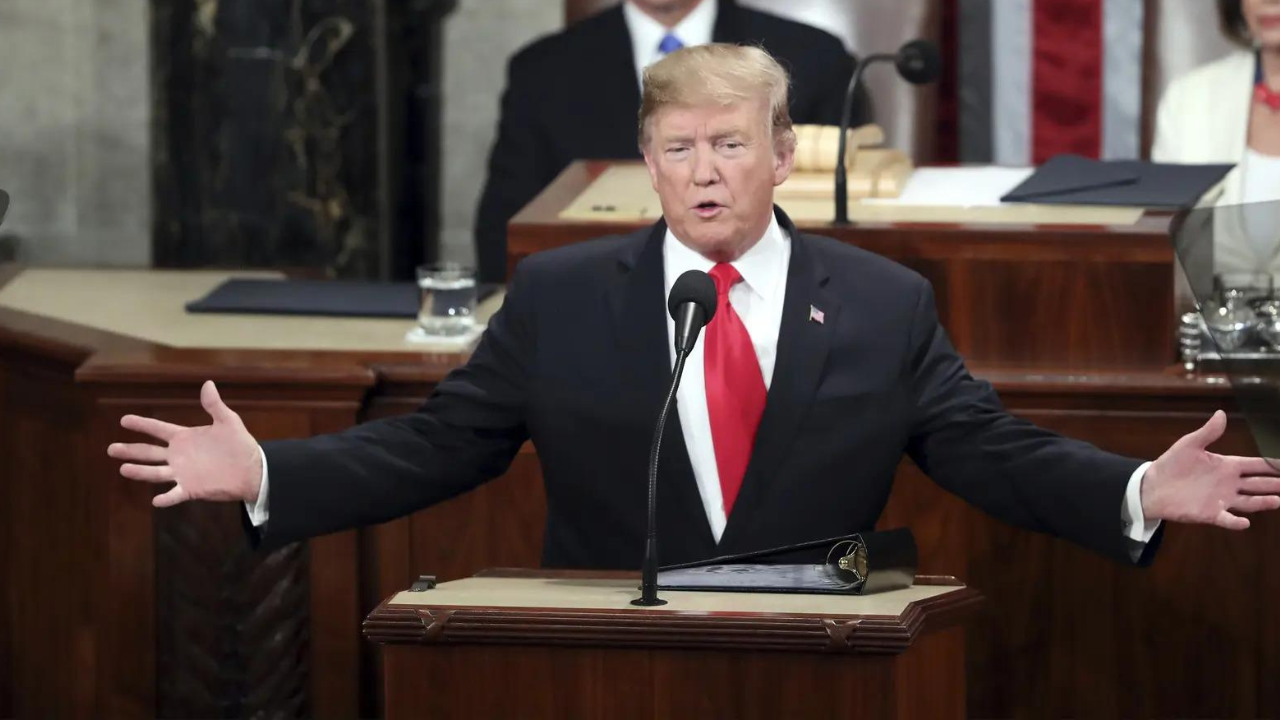
Title: US–China Trade Agreement Alleviates Strains, Yet Obstacles Endure in Chemical and Pharmaceutical Industries
In May 2025, the Trump administration marked a notable advancement in global trade relations by revealing a draft trade agreement with China that reduces tariffs on both sides. This diplomatic progress follows a landmark trade pact with the United Kingdom earlier that same month. While the complete details of the US-China agreement have yet to be settled, the announcement has offered short-term relief to sectors previously impacted by escalating tariff conflicts.
Background: The 2025 Tariff Escalation
The trade dispute ignited when the United States revealed unexpected import tariffs on a range of countries in April 2025, imposing a 34% levy on selected Chinese products. In response, China ramped up its tariffs as high as 145%, while the US correspondingly increased its tariffs to comparable levels. These actions unsettled the markets, generating uncertainty for global supply chains and hindering various long-term investment choices.
Al Greenwood, deputy editor at ICIS, an energy and chemicals intelligence firm, remarked on the unpredictable nature of the policy shifts: “It is unprecedented to randomly choose to impose within weeks triple-digit tariffs on a key trade partner. Then a month later to announce we’re going to pause them.”
Agreement in Geneva: A 90-Day Ceasefire
A pivotal moment occurred on May 12 during talks in Geneva, Switzerland. Both parties consented to temporarily reduce tariffs for 90 days—US duties on Chinese imports decreased from 145% to 30%, and Chinese tariffs on US products were cut from 125% to 10%. This short-lived ceasefire is designed to create room for more substantial discussions.
Chemical Sector: A Fragile Recovery
Few industries have suffered as significantly amidst the turmoil as chemicals. The trade war disrupted global trade flows, with numerous Chinese chemical exports to the US redirected to other areas like Southeast Asia. Ambiguity surrounding trade policy diminished demand and deterred investment. “The world has a supply surplus,” Greenwood observes about the current inventory of ethylene derivatives such as polyethylene and polyvinyl chloride, making US exports a likely target for retaliation.
Prior to the tariff impasse, the US benefited economically from its shale oil and gas outputs, leading to substantial exports of ethane, LPG (liquefied petroleum gas), and ethylene derivatives. Although the US continues to provide significant volumes to China—accounting for 59% of its LPG imports—fragile relations threaten to reroute trade to the Middle East, increasing logistical expenses and inefficiencies.
Despite the Geneva accord, various US sectoral tariffs on aluminium, steel, and automobiles persist, which could elevate consumer goods prices and indirectly impact the demand for industrial chemicals.
UK Agreement and European Repercussions
The US–UK deal aims to dismantle trade obstacles while protecting national interests. It grants preferential access for British metals under stringent American conditions, implicitly addressing concerns over Chinese sway in supply chains. The UK also committed to improving its pharmaceutical sector environment and granting duty-free access to an impressive 1.4 billion litres of US ethanol—a strategy that has incited opposition from domestic UK bioethanol producers.
However, Greenwood stresses that, from a chemicals perspective, the UK is not a significant player in US trade. In contrast, the European Union remains an essential trading ally and has retaliated with its own tariffs on US chemicals, vehicles, and premium health products.
Pharmaceutical Pricing Reform: A New Challenge
The Trump administration has additionally focused on prescription drug pricing, contending that Americans subsidize lower drug prices abroad. In an executive order signed in May, the US rolled out a “Most Favoured Nation” (MFN) pricing framework to align domestic drug prices with the lowest negotiated global rates.
Critics contend this strategy could stifle pharmaceutical innovation. “Europe benefits from the US market where the industry manages to achieve higher profits than in Europe to fund its R&D,” remarks Pierre Dubois of the Toulouse School of Economics. If US returns are constrained, global investments in drug innovation may decline.
Others, such as Professor Ivan Lugovoi, argue that it is crucial to tackle the root causes of inefficiencies within the US drug pricing system. “The scale of the US and the ease of registering for the entire country suggest logically they should not have exorbitant prices,” he observes, attributing the issue to powerful intermediaries distorting the pricing landscape.
Revitalizing Domestic Manufacturing
One long-term aspiration of the administration is to bring pharmaceutical manufacturing back to the US. Although well-meaning, this transition faces logistical and economic hurdles. Establishing new facilities would demand significant capital investment and time to be realized. Lugovoi emphasizes that incentives—not merely penalties—will be essential to draw investment into domestic manufacturing.
The Path Forward: Trading with Prudence
While the temporary tariff reductions between the US and China indicate a willingness to collaborate, enduring tensions remain unresolved. Increasing regulatory complexity in pharmaceuticals and unstable trade policy in chemicals jeopardize sustainable growth in both fields.
The ongoing 90-day